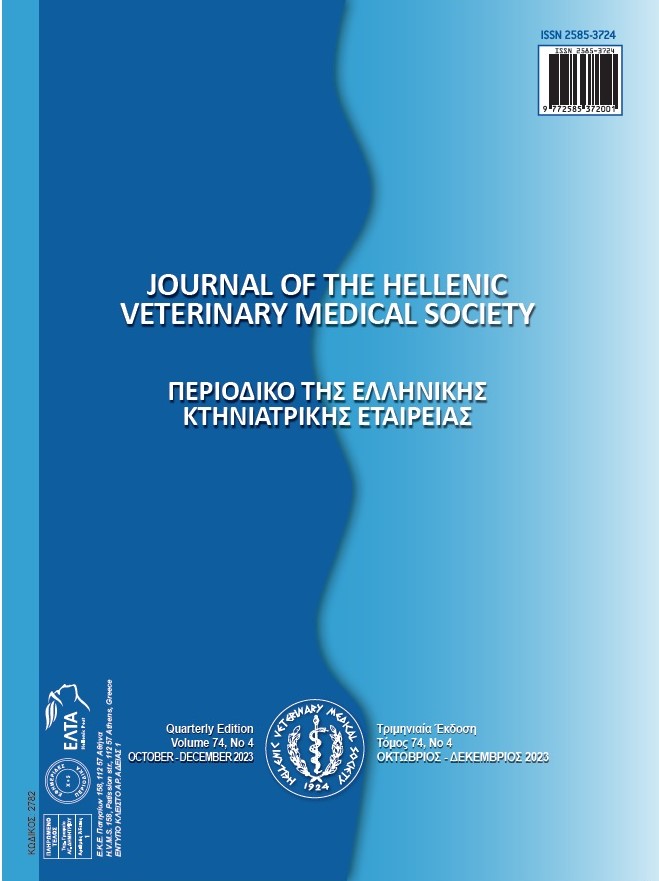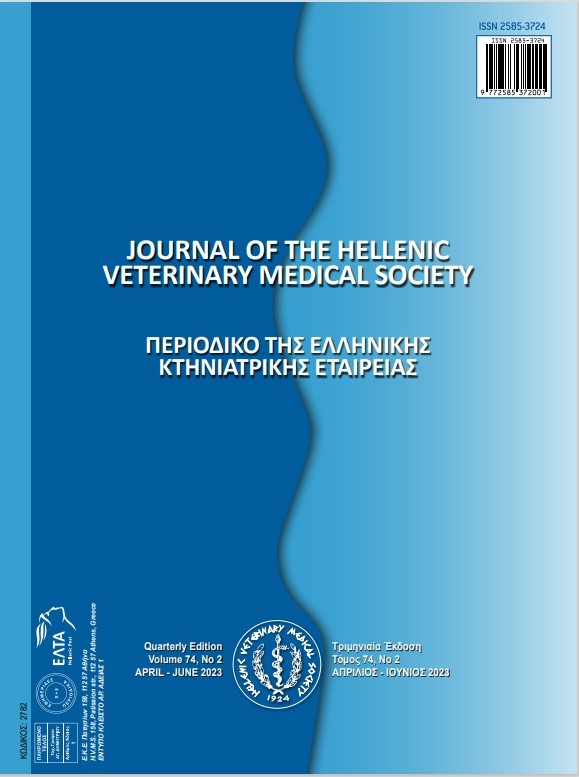Should Pre-Weaning Calf Diets Include Forage?

Abstract
The present review article aimed to update and address the biological consequences of forage supply to pre-weaned dairy calves. Early growth and development of a calf play a great role in lifelong performance of the animal. Comprehension of these stages is an important progress achieved in calf nutrition today. Health, milk-solid feed intake and rumen development are the most important factors related to calf growth in pre- and post-weaning periods. It is well understood that fermentation by-products of grain-based starter feeds are essential for increased growth and absorptive capacity of the rumen papillae. In pre-weaned calves, two major hypotheses exist regarding forage feeding. The first hypothesis describes that the rumen was not completely developed in pre-weaned calves and forage supply during this period might increase gut fill and hence, decrease starter intake. It is believed that depressed starter intake may limit energy intake and finally suppress calf growth rate. The second hypothesis indicates that rumen pH may decline as calf age and starter intake increases. Accordingly, forage supplementation into calf starter diets could prevent further rumen pH decline and subsequent negative consequences while improving starter intake and calf growth. Because research data regarding these hypotheses are controversial, there is no universally accepted standard for feeding calves with forage as a part of starter diets. Many factors, such as milk feeding method, grain, forage type and experimental conditions, could affect calf response to dietary forage. However, there is an evidence that limited consumption of forage may be beneficial on rumen health and behavior of calves consuming highly processed (pelleted or finely ground) starter feed in pre-weaning period.
Keywords: Forage; Growth performance; Pre-weaned calf; Rumen development
Article Details
- Come citare
-
Muruz, H., & Aksu, T. (2024). Should Pre-Weaning Calf Diets Include Forage?. Journal of the Hellenic Veterinary Medical Society, 74(4), 6573–6580. https://doi.org/10.12681/jhvms.31575
- Fascicolo
- V. 74 N. 4 (2023)
- Sezione
- Research Articles

Questo lavoro è fornito con la licenza Creative Commons Attribuzione - Non commerciale 4.0 Internazionale.
Authors who publish with this journal agree to the following terms:
· Authors retain copyright and grant the journal right of first publication with the work simultaneously licensed under a Creative Commons Attribution Non-Commercial License that allows others to share the work with an acknowledgement of the work's authorship and initial publication in this journal.
· Authors are able to enter into separate, additional contractual arrangements for the non-exclusive distribution of the journal's published version of the work (e.g. post it to an institutional repository or publish it in a book), with an acknowledgement of its initial publication in this journal.
· Authors are permitted and encouraged to post their work online (preferably in institutional repositories or on their website) prior to and during the submission process, as it can lead to productive exchanges, as well as earlier and greater citation of published work.



